Rebuilt and Renewed
The economy’s stranglehold on many of the nation’s once booming industries has taken its toll, leading business owners to reevaluate spending and explore innovative cost-saving solutions. The heavy equipment that supports these businesses and their projects is a major expenditure, one that may not fit newly trimmed budgets. To adapt to the new economy, equipment managers are shifting focus to an option that gives important machines a second life and improves overall value — rebuilds.
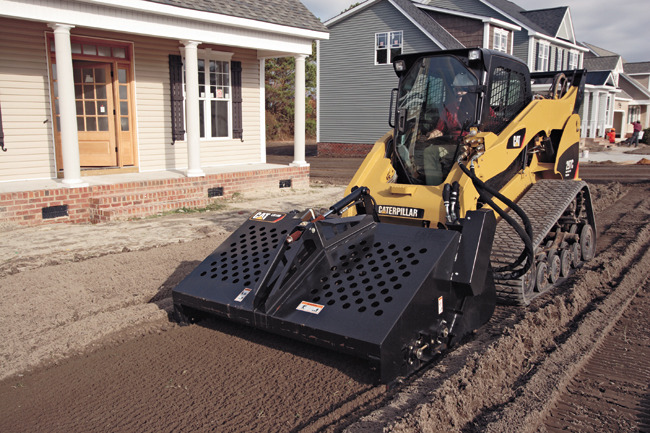 |
| Track loaders are heavy maintenance machines with all those idlers, boogies and sprockets in the undercarriage. At about 15,000 hours of usage, talk to your dealer and tinker with the idea of a rebuild on those awesomely powerful dedicated tracks. |
The rebuild process allows for the incorporation of critical engineering updates without replacing an entire fleet. This proves an important asset, as governmental regulations on elements like emissions have left equipment managers searching for ways to meet new standards. In addition, equipment manufacturers find that the significantly reduced price tag a rebuild carries is proving to be a successful motivator.
“When customers are leaning toward a rebuild and calculate that they can have what is, in many ways, a like-new machine for 50 to 70 percent the cost of a new machine, there is usually a eureka type moment,” said Terry Erickson, sales manager for Michigan CAT (MCAT).
That moment also carries a calendar-based benefit: Ordering a new piece of equipment could take up to nine months, while rebuilds are generally complete in three to six months. This time-savings could mean the difference between the ability to accept new projects and the necessity to turn them down.
“Very few customers can afford any downtime,” said Erickson. “This tends to be another significant point of consideration for equipment managers.”
A piece of heavy equipment is primed for rebuild once it reaches the 15,000-hour usage mark, a point designated to both allow for an evaluation of the machine’s life — service history, physical environment and application usage — and to head off larger, more costly problems, like engine failure, before they occur.
“Generally, we begin discussions regarding the rebuild process around 12,000 hours, with the intention of beginning the rebuild itself around 15,000 hours,” said Pat Monahan, MCAT’s regional field services manager.
Customized plans are developed for each machine and include: rigorous diagnostic testing; fluid analysis and replenishing; parts replacement and reconditioning; and careful visual inspections. The machine’s power train also undergoes significant testing and all of the engineering updates that have been applied to the particular machine model since its development are incorporated. This gives equipment managers the opportunity to have a machine completely updated, both to meet current industry standards, as well as imposed legislative regulations.
Once the rebuild process is complete, the machine is reassembled, subsequently tested in its work environment and returned to the equipment manager, complete with a like-new appearance and, in many cases, a reestablished warranty.
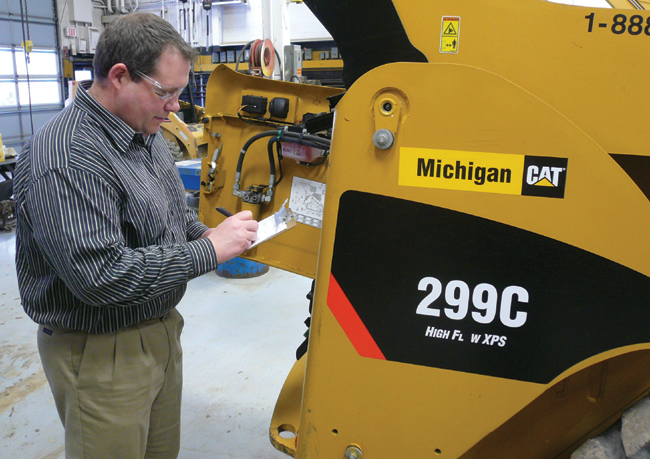 |
| Refurb gear heads have customized plans developed for each machine that include: rigorous diagnostic testing; fluid analysis and replenishing; parts replacement and reconditioning; and careful visual inspections. |
As companies move to eventually replace equipment, the ability to sell its current machines is critical. When pitted against the flooded market of used equipment available, rebuilt machines offer attractive benefits to prospective buyers.
“The differences in condition and application are so great when appraising rebuilt equipment globally,” said Bob Neumann, MCAT used equipment manager. “A machine rebuild not only increases the equipment’s overall value, but it provides valuable peace of mind in the unpredictable used equipment market.”
Michael Lazzara is the product support sales manager at Michigan CAT, headquartered in Novi, Mich.

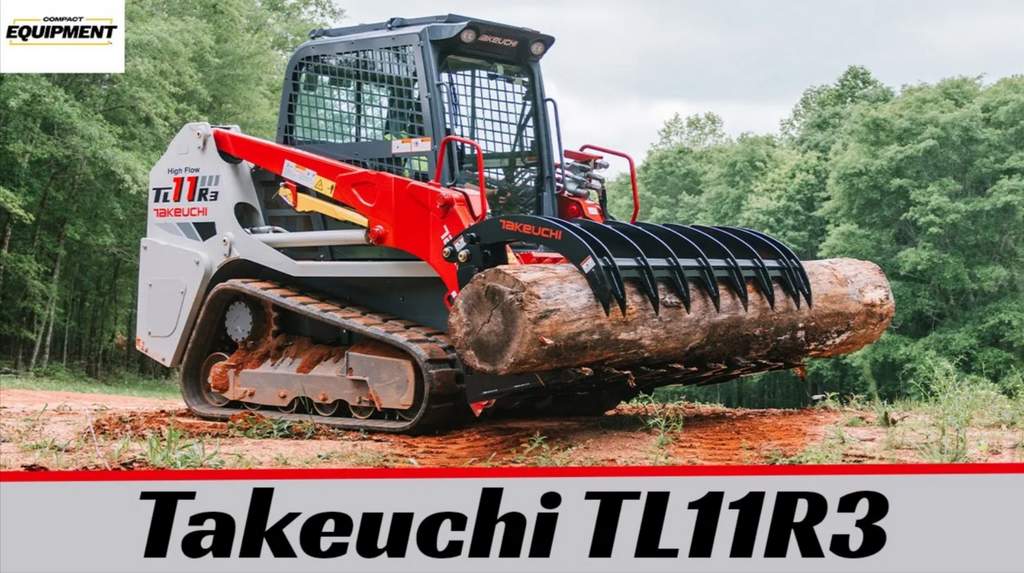
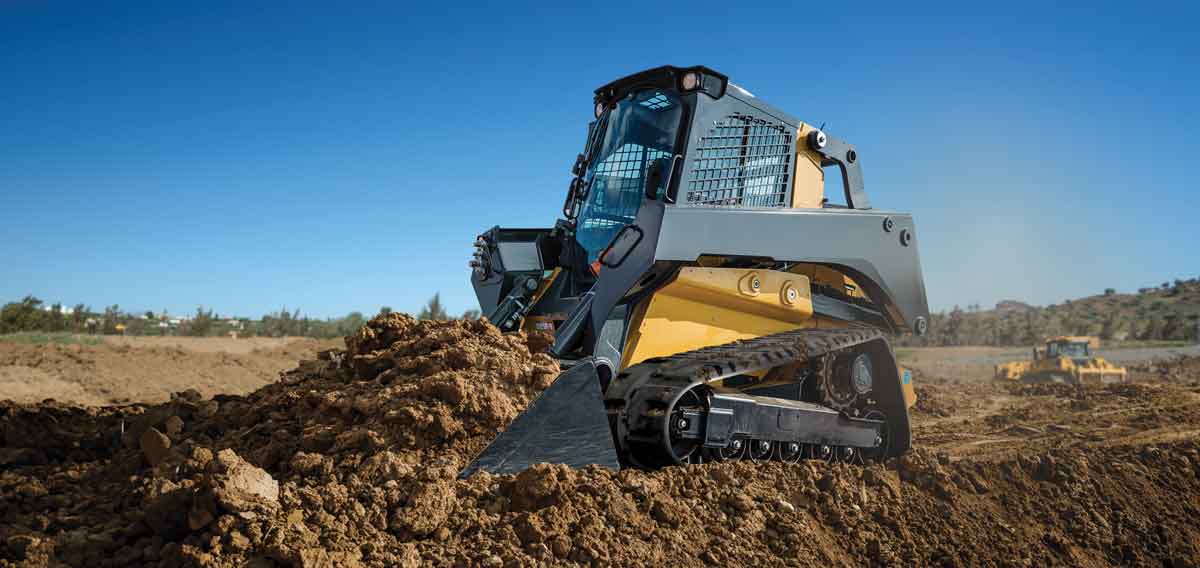
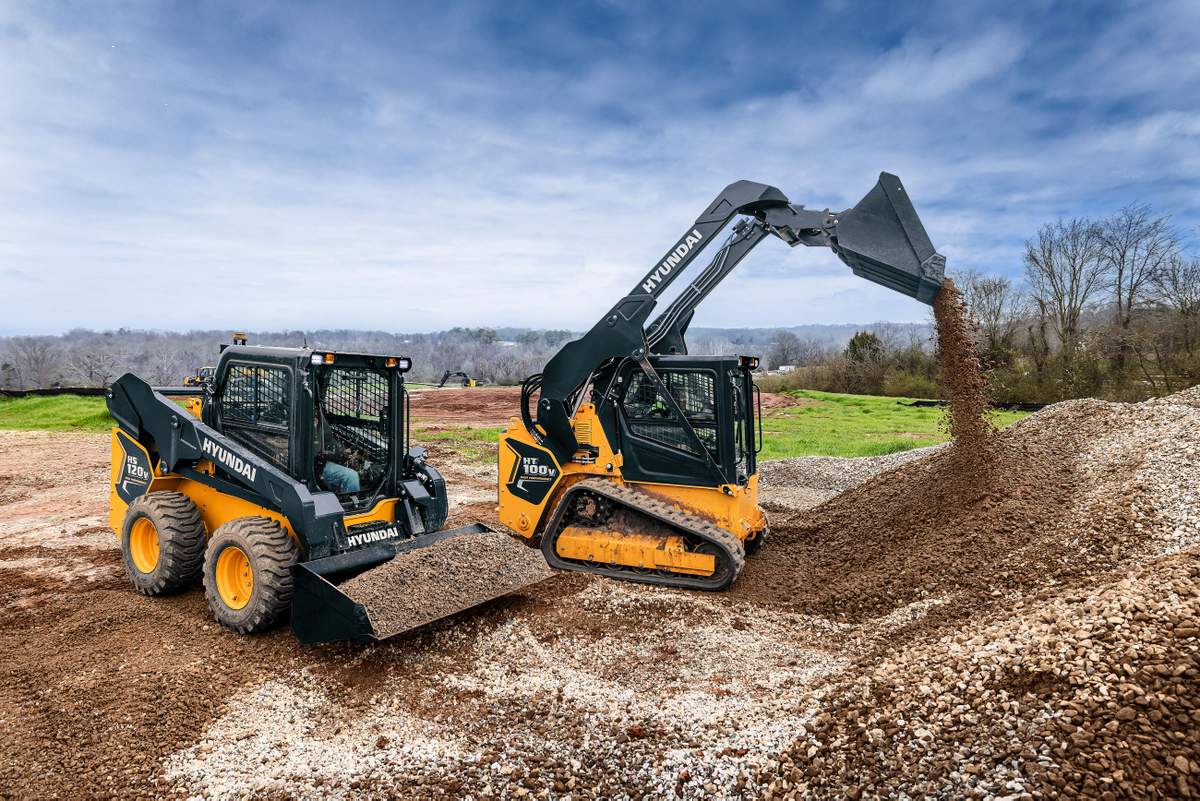

Comments are closed here.